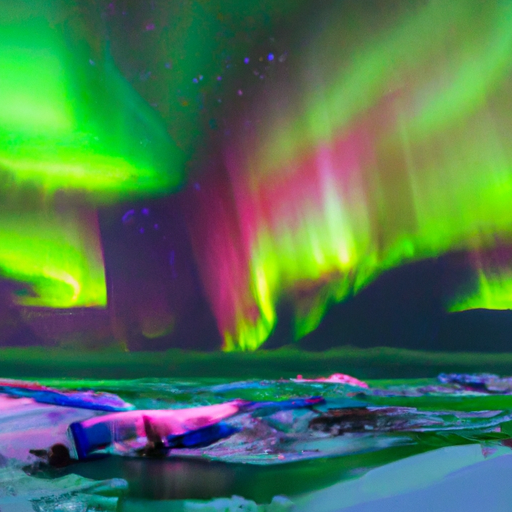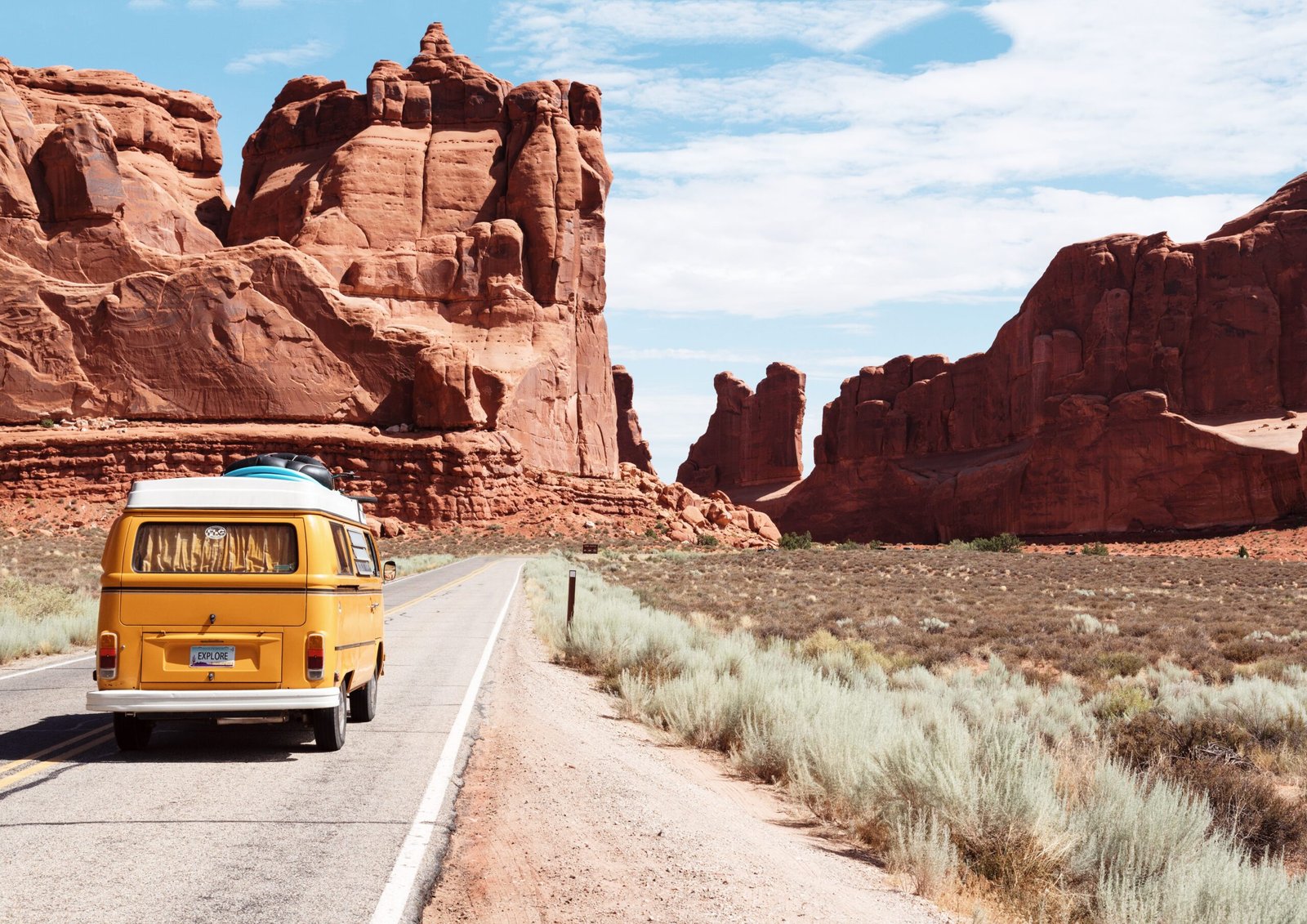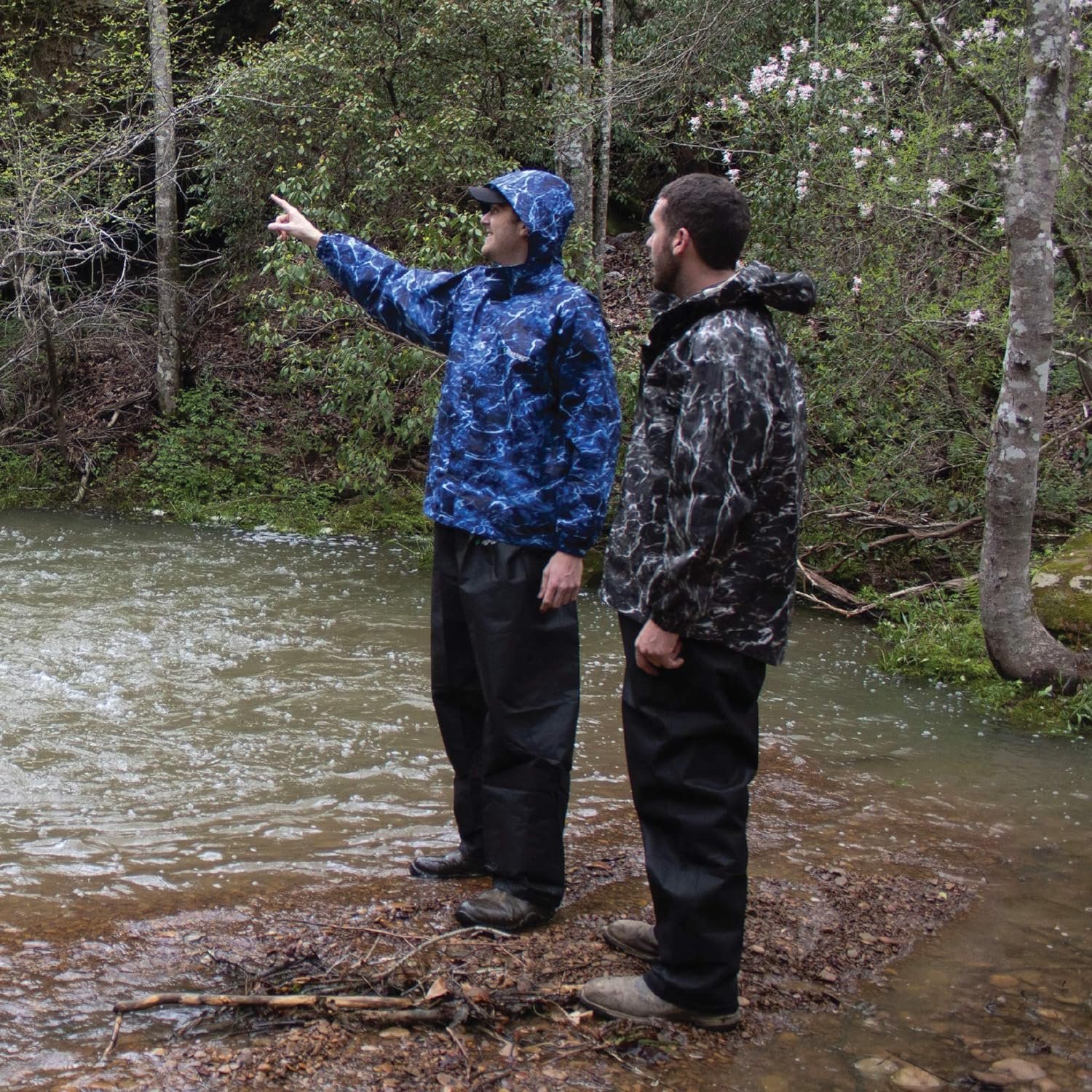We’ve all dreamed of witnessing the mesmerizing spectacle of the Northern Lights, those ethereal curtains of green and purple dancing across the night sky. But what if we told you that you could experience this breathtaking phenomenon without the need for a guided tour? That’s right, forget about crowded buses and pre-determined itineraries.
In this article, we’ll explore the possibility of seeing the Northern Lights on your own terms, providing you with tips, insights, and a sense of adventure that will ignite your wanderlust and leave you yearning for the starlit skies. Get ready to embark on an independent journey of a lifetime as we unravel the secrets of this natural phenomenon.
Can You See The Northern Lights Without A Tour?
Table of Contents
Planning a Trip to See the Northern Lights
Choosing the Right Time
When planning a trip to see the Northern Lights, one of the first considerations is to choose the right time to go. The Northern Lights, also known as the Aurora Borealis, are a natural phenomenon that occur when charged particles from the sun enter the Earth’s atmosphere. The best time to see the Northern Lights is during the winter months, typically from September to March, when the nights are longer and the skies are darker. During this time, you have a higher chance of witnessing the dancing lights in the night sky.
Selecting the Ideal Location
Once you’ve determined the best time to go, the next step is to select the ideal location for your Northern Lights experience. There are several countries that offer great opportunities for viewing the lights, including Iceland, Norway, Alaska, Finland, Canada, Sweden, Greenland, and Russia. Each of these locations has its own unique appeal and offers varying degrees of accessibility and amenities. Consider factors such as ease of travel, accommodation options, and the overall experience you are looking for when choosing your destination.
Researching the Best Viewing Conditions
To maximize your chances of seeing the Northern Lights, it’s important to research the best viewing conditions. Factors such as solar activity level, weather and cloud cover, light pollution, and geographic location can all impact the visibility of the lights. Monitoring the solar activity level can give you an indication of when the lights are most likely to be active.
Checking the weather and cloud cover forecasts can help you plan for clear nights, which are essential for optimal viewing. It’s also important to choose locations away from light pollution, such as remote areas or national parks, where the night skies are darker and the lights are more visible.
Preparing for a Northern Lights Experience
Knowing What to Expect
Before embarking on your Northern Lights adventure, it’s important to have an understanding of what to expect. The Northern Lights appear as vibrant, colorful curtains of light dancing across the night sky. The colors can range from green to pink, purple, and even red. The lights can be faint and slow-moving or vibrant and fast-paced, creating a mesmerizing display. It’s important to note that the visibility and intensity of the lights can vary, so it’s important to manage your expectations.
Learning about the Science Behind Northern Lights
Understanding the science behind the Northern Lights can enhance your overall experience. The lights are caused by collisions between charged particles from the sun and gases in the Earth’s atmosphere. These collisions release energy in the form of light, creating the stunning display in the night sky. Learning about the different types of lights, such as the most common green lights and rare red lights, can deepen your appreciation for this natural phenomenon.
Packing the Right Gear
When preparing for a Northern Lights experience, it’s essential to pack the right gear to ensure your comfort and enjoyment. Since most Northern Lights destinations are located in colder regions, it’s important to pack warm clothing, including thermal layers, hats, gloves, and sturdy footwear. I
t’s also important to bring a good quality flashlight for navigating in the dark, as well as a camera to capture the magical moments. Consider investing in a tripod to stabilize your camera for long exposure shots, and don’t forget to bring extra batteries and memory cards.
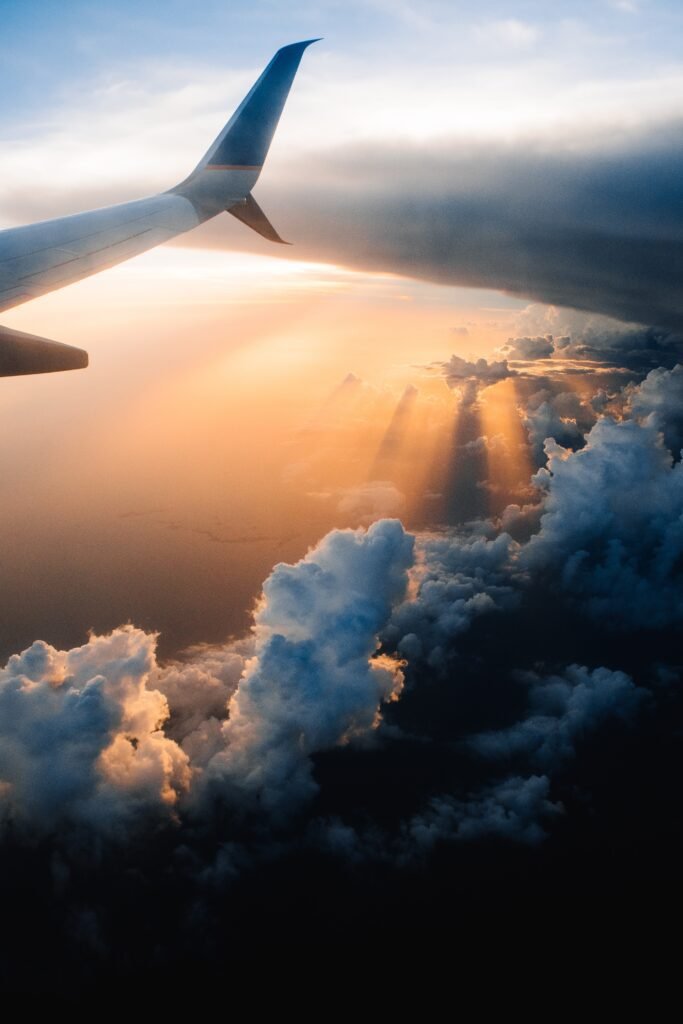
Finding the Best Places to See the Northern Lights
Iceland
Iceland is one of the most popular destinations for viewing the Northern Lights. The country’s unique geography, with its volcanic landscapes, glaciers, and geothermal hot springs, provides a stunning backdrop for the lights. The best time to visit Iceland for the Northern Lights is from September to mid-April. Popular spots for viewing the lights include the Golden Circle, Thingvellir National Park, and Jokulsarlon Glacier Lagoon.
Norway
Norway is another top choice for experiencing the Northern Lights. The country’s remote and unspoiled wilderness offers ideal conditions for viewing the lights. The best time to visit Norway for the Northern Lights is from October to March. Tromso, located above the Arctic Circle, is a popular destination for Northern Lights enthusiasts, offering a range of activities such as dog sledding and snowmobiling alongside the lights.
Alaska
For those in North America, Alaska is a great option for seeing the Northern Lights. The state’s vast wilderness and dark skies provide excellent conditions for viewing the lights. The best time to visit Alaska for the Northern Lights is from September to April. Fairbanks and Anchorage are popular cities for catching a glimpse of the lights, and there are also remote lodges and tours available for a more immersive experience.
Finland
Finland is known for its pristine natural beauty and offers excellent opportunities for Northern Lights viewing. The best time to visit Finland for the Northern Lights is from September to March. The Finnish Lapland region, especially the town of Rovaniemi, is a popular destination for witnessing the lights. In addition to viewing the lights, visitors can also enjoy activities such as reindeer sleigh rides and visits to Santa Claus Village.
Canada
Canada is another country that offers incredible Northern Lights experiences. With its vast wilderness and remote locations, Canada provides dark skies and optimal viewing conditions. The best time to visit Canada for the Northern Lights is from late August to mid-April. popular destinations include the Yukon Territory, Northwest Territories, and northern parts of Alberta and British Columbia.
Sweden
Sweden is a country that offers a diverse range of experiences for those seeking the Northern Lights. From the remote wilderness in the far north to the city of Kiruna, there are plenty of opportunities to witness this natural spectacle. The best time to visit Sweden for the Northern Lights is from September to March. Abisko National Park is a popular location for viewing the lights, and there are also Icehotel experiences available for a unique stay.
Greenland
Greenland, with its rugged landscapes and icy beauty, is a hidden gem for Northern Lights enthusiasts. With its remote locations and clear skies, Greenland offers excellent conditions for viewing the lights. The best time to visit Greenland for the Northern Lights is from September to April. Places such as Kangerlussuaq and Ilulissat provide great opportunities to witness this captivating display.
Russia
Russia, particularly its northern regions such as Murmansk and Arkhangelsk, is a lesser-known destination for the Northern Lights but offers unique experiences for adventurous travelers. The best time to visit Russia for the Northern Lights is from September to March. Travelers can combine their Northern Lights experience with cultural exploration and visits to historic sites.
Understanding the Factors Affecting Visibility
Solar Activity Level
The visibility of the Northern Lights is heavily influenced by the level of solar activity. The lights are a result of solar particles interacting with the Earth’s magnetic field and atmosphere. The higher the solar activity level, the more likely it is for the lights to be visible. It’s important to monitor solar activity forecasts, such as the KP index, which measures the disturbances in the Earth’s magnetic field.
Weather and Cloud Cover
Clear skies are essential for optimal Northern Lights viewing. Cloud cover can obstruct the visibility of the lights, so it’s important to choose nights with minimal cloud cover. Checking the weather forecast and cloud cover predictions can help you plan for the best possible viewing conditions. Additionally, being flexible with your travel dates can increase your chances of encountering clear skies.
Light Pollution
Light pollution from cities and towns can significantly reduce the visibility of the Northern Lights. To maximize your chances of seeing the lights, it’s important to position yourself away from areas with high levels of light pollution. Remote, rural locations, such as national parks or wilderness areas, offer darker skies and a more immersive experience.
Geographic Location
The geographic location of your chosen destination also plays a role in the visibility of the lights. Locations closer to the Arctic Circle, such as Iceland, Norway, and Alaska, have higher chances of experiencing the Northern Lights. However, even countries further south, such as Sweden and Canada, can still provide excellent viewing opportunities during periods of high solar activity.
Tips for Maximizing Your Chances of Spotting the Northern Lights
Stay in Dark, Remote Areas
To increase your chances of seeing the Northern Lights, it’s important to stay in dark, remote areas. National parks, wilderness lodges, or remote cabins provide optimal conditions for viewing the lights away from the light pollution of cities and towns. These remote areas offer a more immersive experience, allowing you to fully embrace the beauty of the Northern Lights.
Choose Clear Nights
Choosing nights with clear skies is crucial for witnessing the Northern Lights. Cloud cover can obstruct the visibility of the lights, so it’s important to check the weather forecast and choose nights with minimal cloud cover. Being flexible with your travel dates can also increase your chances of encountering clear skies.
Monitor Aurora Forecasts
Aurora forecasts can provide valuable information about the likelihood and intensity of the Northern Lights. Websites and apps dedicated to monitoring the Aurora Borealis can help you stay updated on the solar activity level and the probability of seeing the lights. By monitoring these forecasts, you can plan your viewing sessions accordingly.
Stay for Multiple Nights
The Northern Lights are a natural phenomenon, and their visibility can vary from night to night. To maximize your chances of seeing the lights, consider staying for multiple nights. This allows you to have more opportunities to witness the lights and increases your chances of encountering optimal viewing conditions.
Position Yourself Away from Light Pollution
To get the best view of the Northern Lights, it’s important to position yourself away from areas with high levels of light pollution. Choosing remote locations with minimal artificial lighting, such as national parks or wilderness areas, ensures that you have a clear and unobstructed view of the lights.
Consider Hiring a Local Guide
If you’re unfamiliar with the area or new to Northern Lights viewing, consider hiring a local guide. Local guides have extensive knowledge about the best viewing spots, local conditions, and can provide valuable insights and tips for maximizing your chances of seeing the lights. They can also enhance your overall experience by sharing their expertise and stories about the Northern Lights.
Photographing the Northern Lights
Choosing the Right Equipment
Capturing the beauty of the Northern Lights requires the right equipment. A DSLR or mirrorless camera with manual controls will give you the most flexibility and control over your settings. Wide-angle lenses are ideal for capturing the expansive skies and can include more of the landscape in your shots. It’s also important to bring a sturdy tripod to stabilize your camera during long exposures.
Understanding Camera Settings
To capture the Northern Lights, it’s essential to understand and adjust your camera settings accordingly. Shooting in manual mode allows you to have full control over your settings, including the aperture, ISO, and shutter speed. Start with a wide aperture (such as f/2.8 or wider) to let in more light, use a high ISO (between 800 and 3200) to capture the faint lights, and experiment with different shutter speeds (typically around 10-30 seconds) to capture the movement and colors of the lights.
Composition and Framing
When composing your shots, consider including elements of the landscape to add depth and context to your images. Incorporating foreground elements, such as trees, mountains, or bodies of water, can create interesting compositions and enhance the overall visual impact of your photos. Experiment with different angles and perspectives to find the most compelling compositions.
Long Exposure Techniques
Long exposure techniques can be used to capture the movement and vibrant colors of the Northern Lights. By using longer shutter speeds, you can create stunning images with streaks of light and vibrant colors. Experiment with different shutter speeds to achieve the desired effect, and use a remote shutter release or timer function to minimize camera shake.
Editing and Post-Processing
After capturing your images, post-processing can help enhance and bring out the beauty of the Northern Lights. Adjusting white balance, contrast, and saturation can help intensify the colors and create a more visually striking image. However, it’s important to strike a balance and not over-process the images, as it can lead to unrealistic or unnatural results. Remember to stay true to the natural beauty of the Northern Lights.
Safety Considerations while Chasing the Northern Lights
Dress Appropriately for the Cold
When chasing the Northern Lights, it’s important to dress appropriately for the cold weather. Layering is key to staying warm, so make sure to wear thermal base layers, insulating mid-layers, and a waterproof, windproof outer layer. Don’t forget to wear a hat, gloves, warm socks, and insulated boots to keep your extremities warm. It’s also important to have hand and foot warmers on hand for added comfort.
Be Prepared for Challenging Terrain
Many Northern Lights destinations offer rugged and challenging terrains. From icy landscapes to snowy trails, it’s important to be prepared and have the necessary gear for navigating these conditions. Invest in a good pair of sturdy, insulated boots with good traction to avoid slipping on ice. Carry a pair of gaiters to keep snow out of your boots, and use trekking poles for stability on slippery surfaces.
Beware of Wildlife Hazards
If you’re visiting remote areas for Northern Lights viewing, it’s important to be aware of wildlife hazards. Research the local wildlife in advance and take necessary precautions, such as storing food securely to avoid attracting animals. If you encounter wildlife, maintain a safe distance and do not approach or feed them. Always follow local guidelines and regulations regarding wildlife encounters.
Stay Alert and Be Mindful of Your Surroundings
During your Northern Lights experience, it’s important to stay alert and be mindful of your surroundings. Be cautious when walking in the dark, especially in unfamiliar areas, and use a good quality flashlight to navigate safely. Pay attention to any potential hazards, such as uneven terrain or obstacles, and take necessary precautions to ensure your safety.
Capture Memories but Don’t Miss the Experience
While it’s tempting to capture every moment of your Northern Lights experience, it’s important to strike a balance between capturing memories and fully immersing yourself in the moment. Take the time to appreciate the natural beauty unfolding before you, and don’t get too caught up in taking the perfect photo. Remember to put down your camera from time to time and simply enjoy the awe-inspiring spectacle of the Northern Lights.
Alternative Ways to Experience the Northern Lights
Set up a Backyard Viewing Station
If you’re unable to travel to a Northern Lights destination, you can still experience the lights from the comfort of your own backyard. Set up a cozy viewing station with blankets, hot drinks, and warm clothing. Monitor the local weather and solar activity forecasts, and venture outside on clear nights to catch a glimpse of the lights.
Join a Local Aurora Watching Group
In many Northern Lights destinations, there are local aurora watching groups or societies that organize regular viewing trips. These groups often have knowledgeable guides who can provide valuable insights and enhance your overall experience. By joining a local group, you can connect with like-minded individuals and share the excitement of witnessing the Northern Lights together.
Take a Northern Lights Cruise
A Northern Lights cruise offers a unique opportunity to witness the lights from the comfort of a cruise ship. Many cruise lines offer dedicated sailings during the winter months, providing optimal viewing conditions. Cruising through remote fjords or along the Arctic Circle allows you to enjoy breathtaking views of the Northern Lights while benefiting from the amenities and comforts of a cruise ship.
Stay at a Remote Wilderness Lodge
For a truly immersive Northern Lights experience, consider staying at a remote wilderness lodge. These lodges are often located in secluded areas, away from light pollution and surrounded by pristine nature. Many lodges offer guided Northern Lights tours, giving you the opportunity to witness the lights and enjoy other winter activities such as dog sledding, snowshoeing, or cross-country skiing.
Visit an Observatory or Planetarium
Observatories and planetariums often host educational programs and presentations about the Northern Lights. Visiting these institutions can provide a deeper understanding of the science behind the lights and allow you to view simulated displays of the Northern Lights. It’s a great option for those who are unable to travel to a designated Northern Lights destination or want to learn more about the phenomenon before experiencing it firsthand.
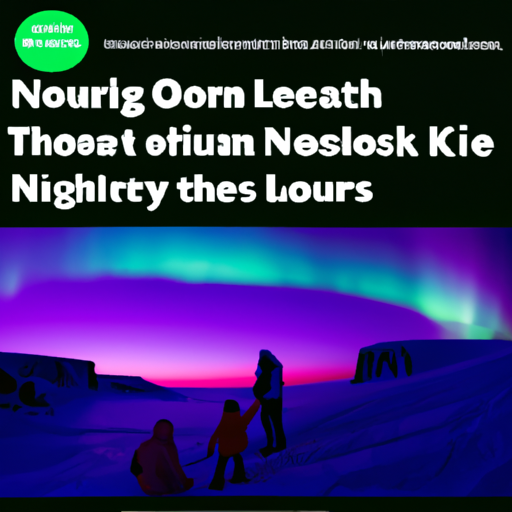
Unique Experiences Beyond Northern Lights Viewing
Dog Sledding
Dog sledding is a popular activity in Northern Lights destinations and offers a unique way to explore the surrounding wilderness. Experience the thrill of being pulled through snowy landscapes by a team of energetic Huskies or Alaskan Malamutes, and immerse yourself in the winter wonderland as you navigate through icy trails.
Snowmobiling
Snowmobiling is another exhilarating activity that allows you to explore the snowy landscapes in Northern Lights destinations. Ride through pristine snow-covered trails, zip across frozen lakes, and marvel at the stunning winter scenery as you enjoy the adrenaline rush of this thrilling adventure.
Ice Fishing
Ice fishing is a popular pastime in many Northern Lights destinations and offers a chance to connect with nature while enjoying a tranquil activity. Bundle up in warm clothing, drill a hole in the ice, and drop your line in search of fish. It’s a peaceful and rewarding experience that allows you to embrace the serenity of the winter landscape.
Interacting with Indigenous Cultures
Many Northern Lights destinations are home to indigenous communities, which offer opportunities to learn about their unique cultures and traditions. Participate in cultural activities, such as traditional storytelling, drumming, or learning about local art and crafts. It’s a wonderful way to gain a deeper appreciation for the local culture and forge meaningful connections.
Exploring Arctic Wildlife
Northern Lights destinations are often teeming with diverse wildlife, both on land and in the surrounding waters. Take the opportunity to go on wildlife safaris, where you can spot animals such as reindeer, moose, whales, seals, and a variety of bird species. Witnessing these majestic creatures in their natural habitats adds another layer of awe and wonder to your Northern Lights experience.
Conclusion
Planning a trip to see the Northern Lights is an exciting endeavor that allows you to witness one of nature’s most awe-inspiring displays. From choosing the right time and location to understanding the factors that affect visibility, there are several aspects to consider when planning your Northern Lights adventure.
By following the tips and suggestions outlined in this article, you’ll be well-equipped to embark on a memorable journey to see the dancing lights in the night sky. Whether you choose to capture the beauty through photography, explore the surrounding wilderness, or simply bask in the wonder of the lights, the Northern Lights offer a truly extraordinary experience that will leave you with lifelong memories.
